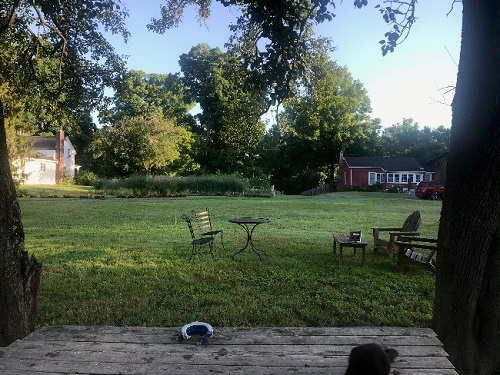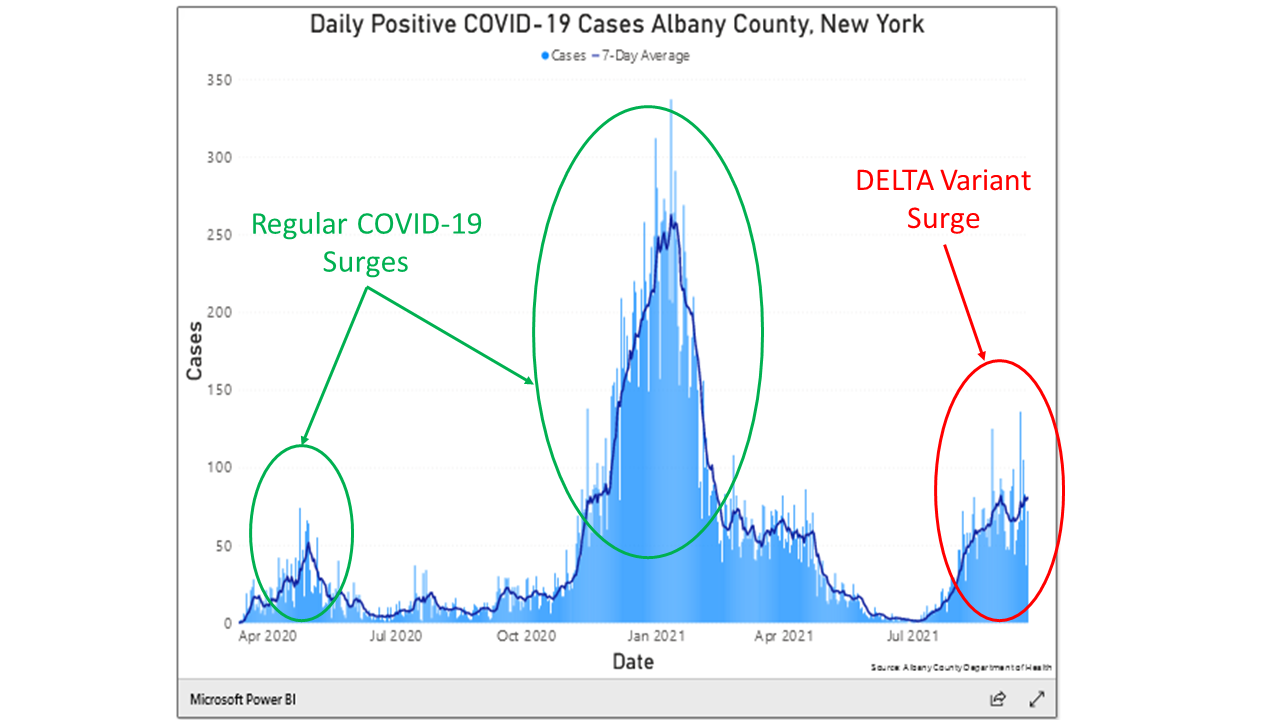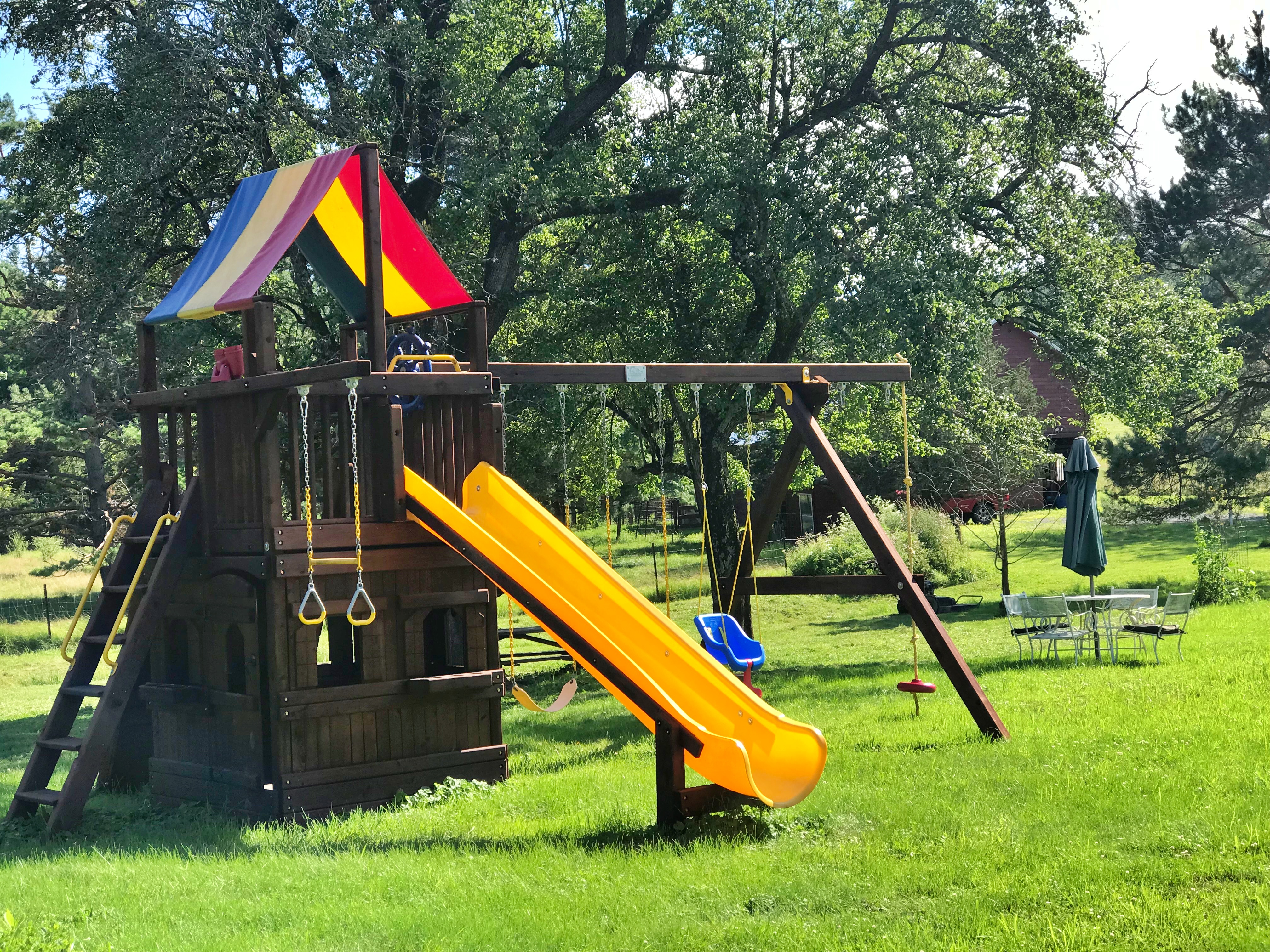(Updated on October 18, 2020)
It seems like we’ve known Darnell forever. When our kids were young, her son and daughter plus our three daughters formed an almost inseparable gang of five. It was very good to see her last Sunday when she showed up with a gift for our three-month old granddaughter. If ever a moment called for extending hospitality to a good friend, this was it. But how to do it, safely?
I realized that the protocol we had been developing to structure safe picks ups of a dozen of our eggs by members of the so-called “Egg Club” would be right for Darnell’s visit as well. So I quickly fetched a carton of eggs and inducted Darnell into the Club by presenting it to her as a gift. Then, adhering to the protocol, we sat down with our new Club member and had a great time catching up.
It was clear that the Egg Club’s protocol could serve for more than just passing on a carton of eggs. It could be used to structure any visit with friends, even one that involved exchanging a package (a baby present, a dozen eggs, whatever). The protocol lays out rules for safe interactions that can be used in a variety of situations. We need the rules because our old, habitual ways of interacting have to change during the epidemic.
It important to note that our protocol is being implemented in a county located in a state that has a vigilant public health service that carefully monitors the epidemic, keeps the public informed and acts to control the spread of the virus. For example, I only need my smart phone to learn that on July 31, 745 persons were tested for the virus and 10 on these were found to be COVID positive. In total, 681 persons (out of a county population of 320,000) were identified as currently infected and were in mandatory quarantine. Our county conforms to the New York State mandate that we have 30 contact tracers per 100,000 population, meaning that our County Department of Health employs about 180 full time tracers to keep track of the 681 persons in quarantine and the 10 new persons identified that day. This up to date information drives policies that decide when and how schools can open as well as restaurants, theatres, and malls. Enforcement of these regulations are vigorous and each day in our local paper, we can read about specific violations of the reopening regulations learning at what local address were college students holding an illegal party and which restaurants have been fined or have lost their liquor licenses because of violations of the public health laws. The public is to a very large degree compliant with these regulations. Because our government is doing its job and doing it well, we as citizens can interact with each other within small trusted networks such as the Egg Club and still be safe. Indeed, I believe that our ability to safely (we hope) open public schools next fall rests squarely on the good work being done by public health departments at the state and county levels. This appears to be the way that public health services are operating in Europe and most of the developed world. I wish it were uniformly so across all of the United States.
The Egg Club protocol also tells us when it’s is not safe to interact. Here is a case in point. One of our daughters works in the nursing unit of the Emergency Department at Saratoga Hospital. We had been planning to have a COVID-safe picnic with her (social distancing, face masks – all that stuff) and, yes, drop off a dozen eggs. Unfortunately, we had to cancel the picnic because it “flunked” one of the protocol’s requirements. Five days earlier, our daughter treated a patient in the emergency room who subsequently tested positive for the virus. While she herself didn’t test positive, our public health procedures required her to quarantine for 14 days. Since our Egg Club protocol respects (indeed is founded upon) these public health rules and requirements, we had to defer our picnic until she was out of quarantine.
Ali’s model had anticipated many of these public health developments way back in March when he conducted policy tests demonstrating that close daily (or every five or every ten day) monitoring of the population with follow-up quarantining was a policy that could effectively control the virus after the first wave, while still waiting for the ultimate fix of a vaccine and before the second wave takes off. I am glad that our county and state public health services are creating a monitoring, tracing, and quarantining system that is consistent with Ali’s policy tests and seems to be working to keep us safe. I also note that in Ali’s model the public’s response becomes more lax as the first wave wanes, and this in turn leads to a second wave. Protocols are a way to create more permanent changes in behavior to avoid subsequent waves.
This Story Has a Lesson
It looks like the pandemic will be with us for a long time (probably until a vaccine becomes available), and a second wave may be just around the corner if we don’t remain vigilant. Nonetheless, we can safely reopen hospitality in many ways if we have carefully drawn up protocols and implement them in the context of a public health system that is functioning to control the spread. These protocols will require many changes in our micro-behaviors.
Read More to Dig Deeper
We created a first draft of the Egg Club protocol on June 17 based on principles that we had used to structure our interactions with a contractor at the farm (see “Finishing Deborah’s Wool Room in the Tractor Shed”—May 27, 2020). Over time, we have revised and updated these guidelines three times. We believe that this protocol is one practical way to start to implement the monitoring and quarantining policies that Ali’s model identified as effective ways to control the pandemic by preventing a large and destructive second wave before a vaccine becomes available. The latest version of the complete Egg Club Protocol can be found in the July 1 Diary entry, “Converting the “Egg Club” to a COVID-19 Safe Trusted Network”.





